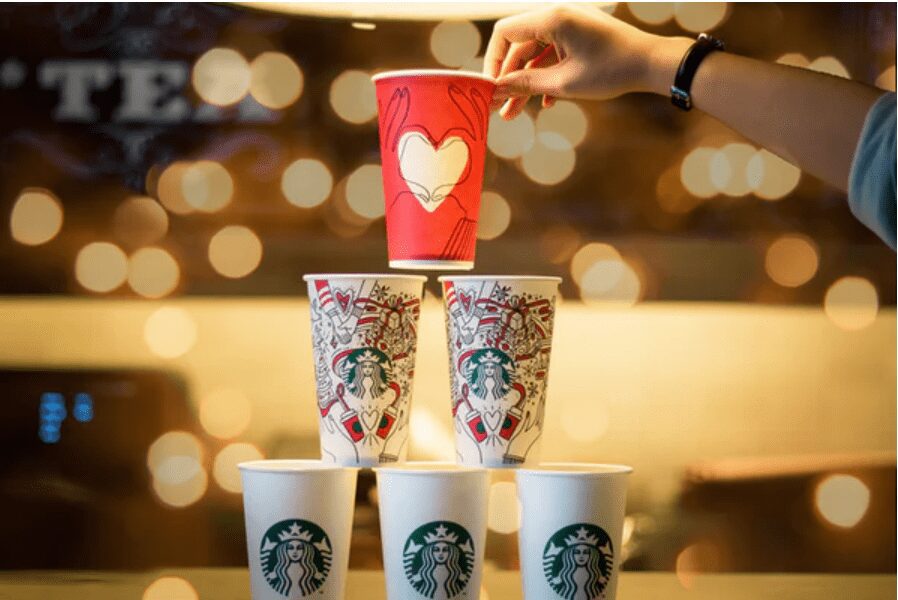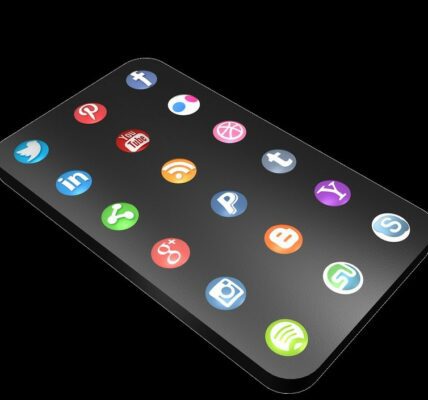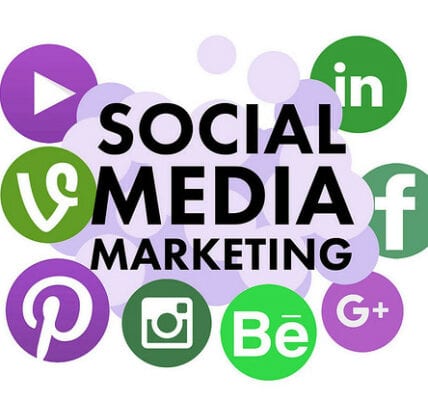Is User Generated Content The Future of Digital Marketing?
At the forefront of digital marketing is user-generated content and it is one of the most valuable tools a marketer can use due to its cost-effectiveness, trustworthiness and unique ability to stand out between countless advertisements online.
There is a huge amount of content online creating a target audience with a quickly decreasing attention span. This has created the need for user generated content (UGC). Many brands have moved towards UGC campaigns for their digital marketing strategy. This is in order to combat the change in attitudes towards paid advertising, cut costs and make a lasting impression on the target audience.
Benefits of User Generated Content
Internet Users Overexposed To Advertising
Internet users can see hundreds of ads in a single session; in google search, websites, pop-up ads and in their social media newsfeeds (Liu et al., 2018). As a result, most people are unaffected by this type of advertising and it will usually have little to no effect on the consumers opinion of a brand or their knowledge of a product. Internet users are much more likely to pay attention to what their friend is saying on their newsfeed rather than stop to read an ad. This is why user-generated content can be useful.
More Trustworthy Content
60% of people trust photos taken by other customers more than those taken by the brand themselves.
In general, people trust UGC more than other forms of digital marketing. Over 90% of consumers trust UGC marketing more than traditional advertising and 60% of people trust photos taken by other customers more than those taken by the brand themselves. As a result, marketers see sponsored content and UGC as more attractive than paid advertising. This is due to the fact that brands typically do not have control over this type of content. Brands can direct the conversation in certain directions with a clear question posed to customers in a UGC campaign. Brands can also use their platform to amplify positive reviews and user testimonials to create a positive brand image (Müller and Christandl, 2019).
Avoid Ad-Blockers
Due to this high volume of ads, many internet users are using an adblocking software. Consequently, this curbs the advertising potential of a brand if traditional paid advertising if the only form of digital advertising a brand is engaging in. ‘Ad blockers’ are becoming increasingly popular and as a result, it is making the use of pop-up ads obsolete (Ho, Pang and Choy, 2020). This is why it is so important for brands to reach out to their target customers through ‘non-traditional’ advertising, such as UGC marketing.
Successful UGC Marketing Campaigns
Volvo Super Bowl Contest
During the Super Bowl 2015 commercials, more than 55,000 people tweeted #VolvoContest. This was due to a contest that prompted viewers to tweet #VolvoContest when they saw an ad for another car. They used 1/15th of the budget of a Super Bowl commercial and achieved what was labelled ‘the greatest interception ever‘. This campaign resulted in a 70% increase in Volvo XC 60 sales the following month alone.

ALS Ice Bucket Challenge

The ALS foundation in the United States created a challenge to raise money and awareness for their charity. This campaign involved people not only getting involved and posting on social media, but also challenging others to post about it. The organization raised over $220 million from this challenge in 2014, with users doing all the work and very little cost.
Starbucks #WhiteCupContest

Starbucks launched a contest in 2014 called the #WhiteCupContest. Artists competed to have their art be used to create a limited edition cup design and posted their submissions online. In 2014, 4,000 cups were submitted. As a result, Starbucks ran the competition again in 2016, due to its success.
Digital marketing trends are always changing to keep the attention of consumers, read more about this here.
Sources
Brown, E., 2017. Consumers trust user-generated content more than traditional advertising | ZDNet. [online] ZDNet. Available at: <https://www.zdnet.com/article/nine-out-of-ten-consumers-trust-ugc-more-than-traditional-advertising/> [Accessed 6 May 2021].
Ho, J., Pang, C. and Choy, C., 2020. Content marketing capability building: a conceptual framework. Journal of Research in Interactive Marketing, 14(1), pp.133-151.
Liu, X., Shi, S., Teixeira, T. and Wedel, M., 2018. Video Content Marketing: The Making of Clips. Journal of Marketing, 82(4), pp.86-101.
Marketing Examples — Good marketing examples. 2015. How Volvo won the Super Bowl (without running an ad). [online] Available at: <https://marketingexamples.com/viral/volvo-contest> [Accessed 6 May 2021].
Müller, J. and Christandl, F., 2019. Content is king – But who is the king of kings? The effect of content marketing, sponsored content & user-generated content on brand responses. Computers in Human Behavior, 96, pp.46-55.
Sikder, T., 2019. Top Examples Of Successful User Generated Content Campaigns Worldwide. [online] Wedevs.com. Available at: <https://wedevs.com/141859/user-generated-content-campaigns> [Accessed 6 May 2021].
Stackla. n.d. The Consumer Content Report: Influence in the Digital Age. [online] Available at: <https://stackla.com/resources/reports/the-consumer-content-report-influence-in-the-digital-age/> [Accessed 6 May 2021].





Recent Comments